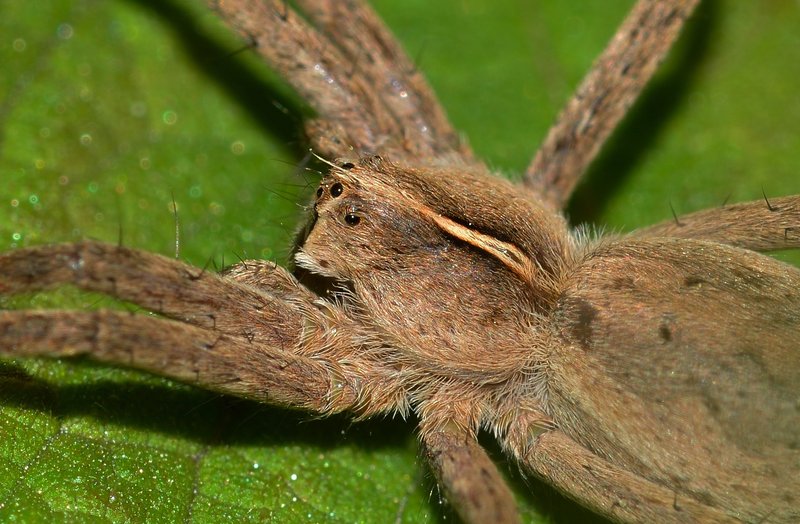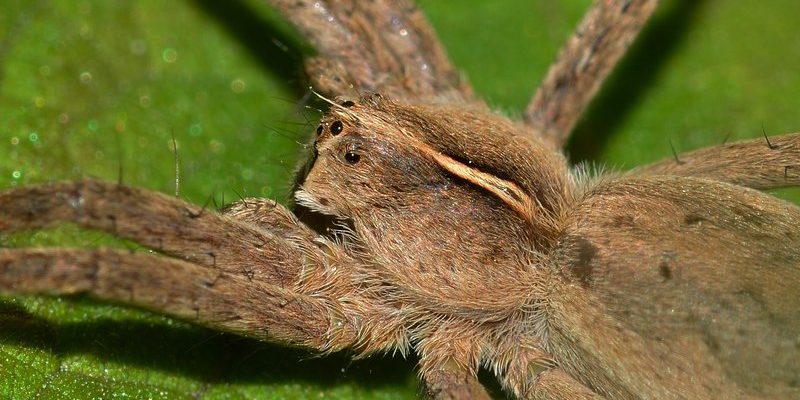
You might be surprised to learn that while moths are often seen softly gliding through the air, they have to deal with various enemies, from hungry birds to tough environmental changes. Understanding these threats is essential, not just for the moths themselves, but also for the ecosystem. Moths play a crucial role in pollination and serve as food for many species. So if you’ve ever found yourself captivated by their beauty, let’s dive deeper into the unseen world of threats facing these lovely insects.
Birds: The Sky’s Watchful Hunters
Birds are perhaps the most familiar predators of moths. You might often spot them flitting about during the day, but many night-dwelling birds like owls and nightjars wake at dusk, eager to feast on unsuspecting moths. Their sharp eyes can spot a moth against the night sky in an instant. Imagine the moth, attracted to the light of a garden lamp, unaware of the hungry beak ready to snap it up.
Birds feast on more than just their wings. They target moths’ bodies, making it a tough existence for these flying insects. This predator-prey relationship is a classic example of nature’s balance. In fact, many moths have evolved incredible adaptations to avoid these feathered foes. Some have developed cryptic coloration, allowing them to blend seamlessly into their surroundings. Others might be small and swift, making them harder to catch. It’s a fascinating dance of survival that plays out in backyards everywhere.
Insects with a Taste for Moths
While birds may be the most visible threat, they aren’t the only ones on the hunt. Various insects, particularly larger ones, also see moths as tasty snacks. For example, dragonflies are agile hunters that can easily intercept moths in flight with their impressive aerial abilities. Even praying mantises, with their camouflaged bodies, can be a formidable threat.
Here’s the thing: many moths don’t just have to worry about being eaten. Some insects lay their eggs inside or on moths, leading to a slow and painful demise. Think about it like a horror movie where the prey doesn’t just face immediate danger but also long-term threats that can lead to their extinction. This constant pressure pushes moths to develop various survival strategies, such as rapid flight and erratic movement, to evade their swift-winged pursuers.
Small Mammals: Ground-Level Predators
But it’s not just airborne hunters that moths need to fear. On the ground, numerous small mammals like shrews and bats are ready to pounce. Bats, in particular, are skilled hunters that can locate moths through echolocation, making them highly effective at catching dinner. You might have seen bats darting around at dusk, feasting on insects, including moths, with their sharp teeth.
Moths that rest on the ground or low vegetation are particularly vulnerable. They have to be clever about where they land and often choose spots that provide some concealment. Some moths even utilize chemical defenses, emitting substances that make them taste bad to potential predators. This type of adaptation isn’t just clever; it’s a lifesaver.
Environmental Changes: An Indirect Threat
You might not think about it, but environmental changes pose significant threats to moth populations as well. Climate change, habitat loss, and light pollution are just a few examples of how the environment can indirectly harm moths. For instance, rising temperatures can alter their breeding patterns, while habitat loss due to urban development can limit their food sources.
Light pollution is another big issue. Moths are naturally drawn to light, which can disorient them, leading them into the paths of predators or away from their breeding grounds. This continues to disrupt their natural behavior and can have lasting effects on their populations. It’s a bit like being lost in an unfamiliar city—without a map or compass, it’s tough to find your way home.
Parasites: The Silent Killers
Parasites might not be the first thing that comes to mind when thinking about predators, but they can significantly impact moth populations. Parasites like wasps and various tiny worms often target moth larvae. When these parasites infiltrate a moth’s body, they can drain its energy and health.
This slow decline can lead to lower survival rates, affecting the population as a whole. Moreover, some parasites can alter the behavior of the moths they infect, pushing them toward predatory threats. It’s a cruel cycle where an innocent moth unknowingly becomes a banquet for another organism.
Humans: A Major Threat to Moths
Let’s not forget about humans—the most significant threat to many species, including moths. Urbanization, pollution, and pesticide use can drastically affect moth populations. When cities expand, they replace natural habitats, leading to loss of food sources and breeding sites for these insects.
Pesticides, often applied to control pests in agriculture or gardening, can have devastating effects on moths. Even if they’re not the intended target, many moths can be affected by exposure, leading to population declines. This situation not only affects moths but can also ripple through the ecosystem, ultimately impacting the food chain.
Conservation Efforts: Helping Moths Thrive
If you’re feeling concerned about the plight of moths, you’re not alone. Many conservation efforts are underway to help protect these fascinating insects. Educating people about the importance of moths and their role in ecosystems is crucial. Simple actions like planting native flowers can provide moths with food sources, while leaving lights off during peak moth activity can help them navigate safely.
Community initiatives, research projects, and habitat restoration efforts are all aimed at creating a safer environment for moths. It’s a collaborative effort that requires awareness and action from everyone. The more we know about the challenges they face, the better equipped we are to combat them.
In conclusion, moths lead complex lives filled with challenges, from predators in the skies to threats lurking in the shadows. Understanding these dangers is vital, as it helps us appreciate their role in our ecosystem and encourages us to take steps to protect them. Whether through creating moth-friendly habitats or raising awareness, we all have a part to play in ensuring these beautiful creatures continue to grace our evenings.

